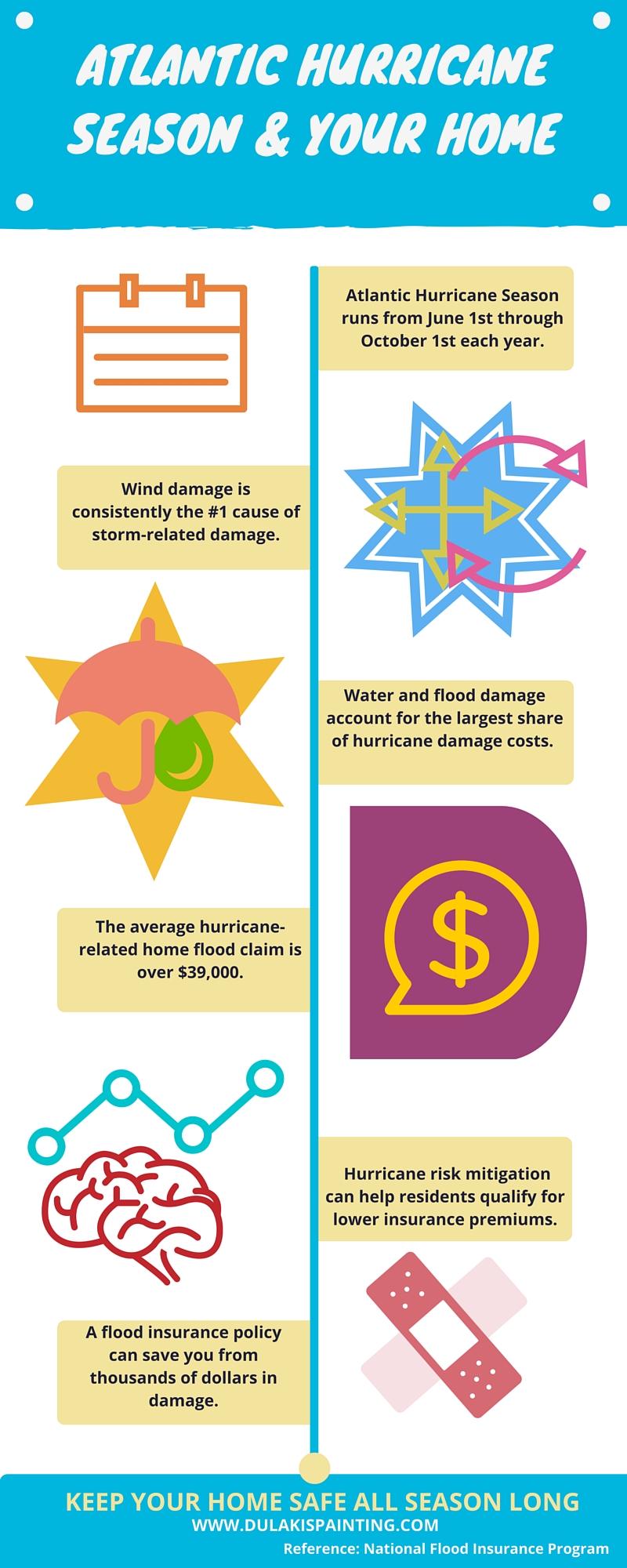Essential Seasonal Aspects Of Commercial Exterior Painting: What You Need To Comprehend
Essential Seasonal Aspects Of Commercial Exterior Painting: What You Need To Comprehend
Blog Article
Article Author-McLamb Rosendal
When you're planning an industrial exterior painting project, seasonal aspects can make or damage your outcomes. You'll wish to take into consideration just how temperature level and humidity effect paint application and drying out times. Choosing the best period can ensure your paint adheres appropriately and lasts much longer. However which periods are truly the best for this type of work? Let's check out the crucial elements that can impact your project's success.
The Influence of Temperature Level on Paint Application
When you're preparing an industrial exterior paint task, the temperature can considerably affect exactly how well the paint sticks and dries out.
Ideally, you want to paint when temperatures vary in between 50 ° F and 85 ° F. If it's also cold, the paint may not heal correctly, leading to problems like peeling off or splitting.
On the flip side, if it's too hot, the paint can dry as well promptly, stopping proper attachment and leading to an irregular finish.
painting the ceiling the same colour as the walls must additionally take into consideration the moment of day; morning or late afternoon provides cooler temperature levels, which can be a lot more positive.
Always examine the supplier's recommendations for the particular paint you're utilizing, as they typically give advice on the optimal temperature array for optimal results.
Humidity and Its Result on Drying Times
Temperature isn't the only ecological variable that affects your business exterior painting project; humidity plays a substantial duty as well. High humidity levels can decrease drying out times considerably, affecting the total high quality of your paint work.
When the air is filled with wetness, the paint takes longer to treat, which can cause problems like bad bond and a greater threat of mold growth. If you're painting on an especially humid day, be gotten ready for extended delay times between coats.
Suggested Internet site to keep track of local climate condition and strategy as necessary. Preferably, go for humidity degrees in between 40% and 70% for ideal drying.
Keeping these consider mind guarantees your task remains on track and provides a long-term coating.
Best Seasons for Commercial Outside Paint Projects
What's the best time of year for your business outside paint projects?
Springtime and very early loss are normally your best bets. During these seasons, temperatures are moderate, and moisture degrees are usually lower, producing optimal problems for paint application and drying.
Stay clear of summertime's intense heat, which can cause paint to completely dry also swiftly, bring about inadequate attachment and coating. Similarly, winter's cold temperature levels can prevent appropriate drying and healing, taking the chance of the durability of your paint work.
Go for days with temperature levels in between 50 ° F and 85 ° F for optimal results. Keep in mind to check the neighborhood weather report for rainfall, as damp problems can wreck your job.
Preparation around these aspects ensures your painting project runs efficiently and lasts much longer.
Verdict
In conclusion, planning your business external painting projects around seasonal considerations can make a considerable difference in the end result. By organizing work during the excellent temperatures and moisture degrees, you'll ensure far better adhesion and drying times. Bear in mind to keep an eye on regional weather report and select the correct time of year-- spring and very early loss are your best options. Taking these actions will help you accomplish a sturdy and professional finish that lasts.
